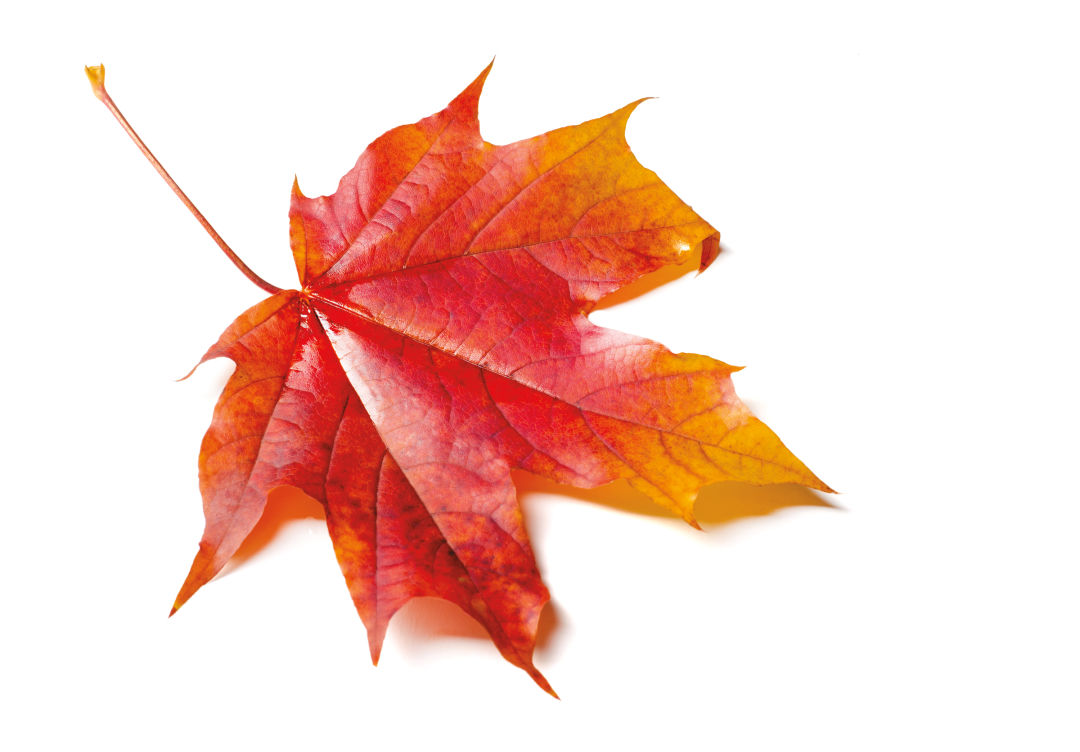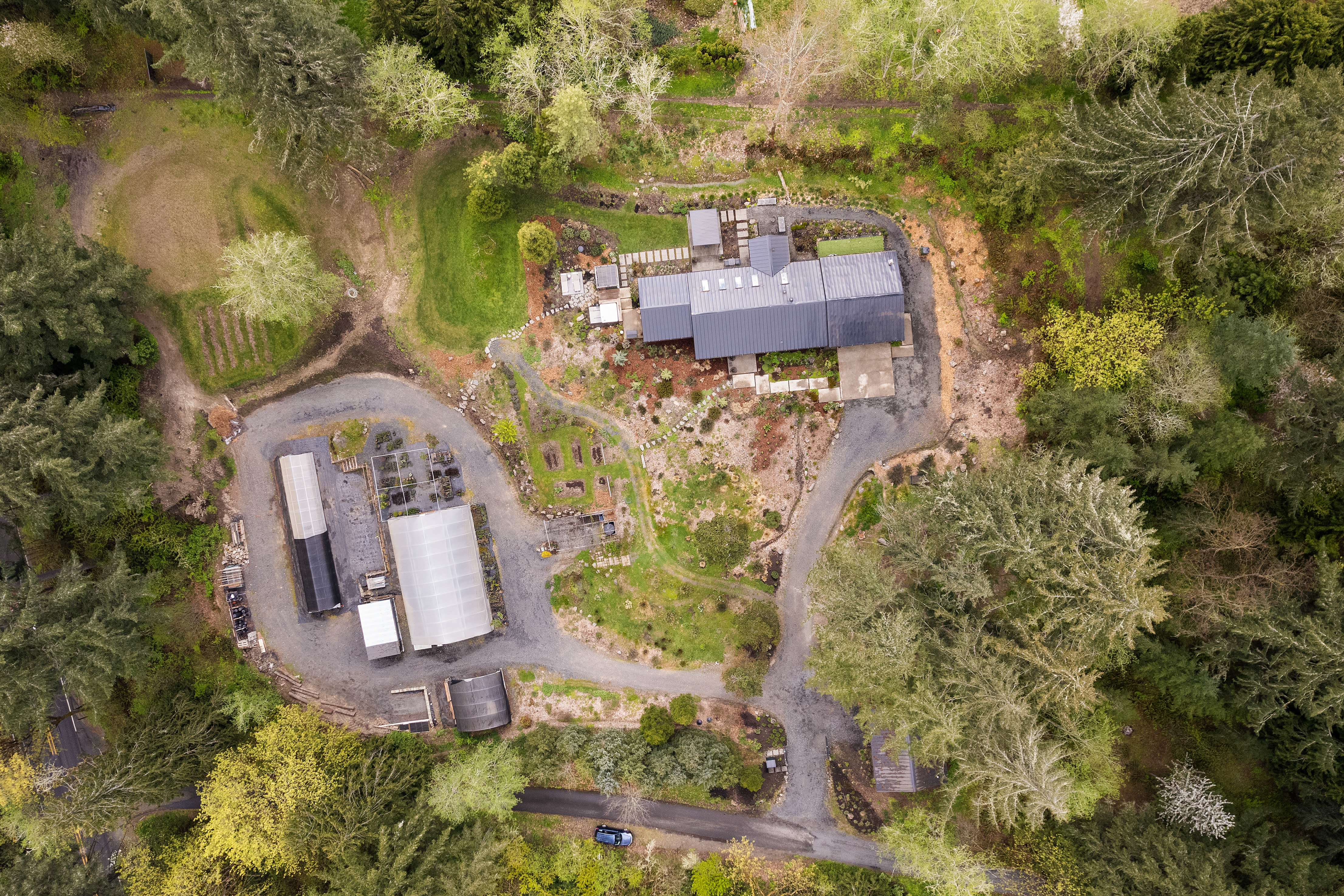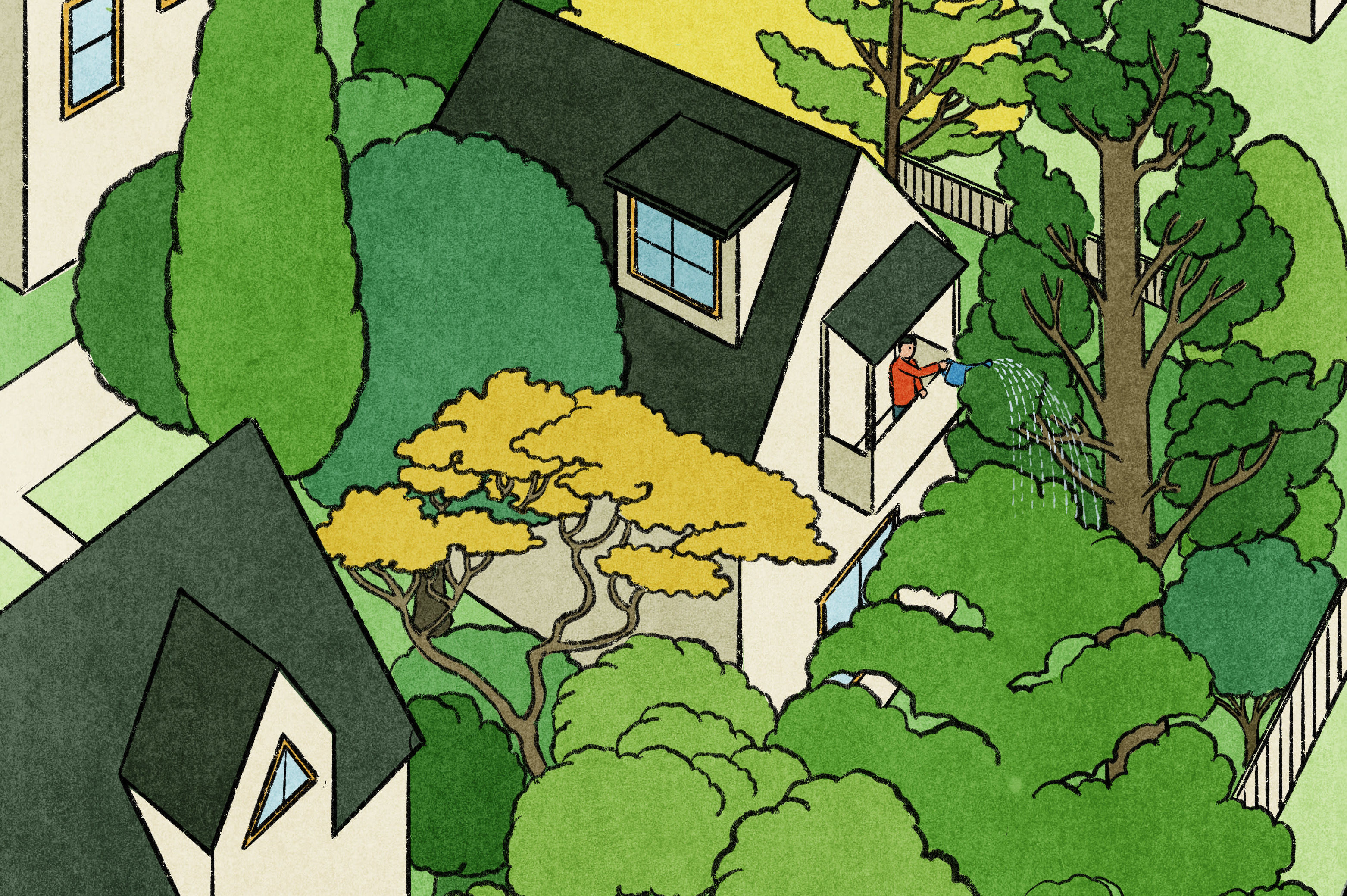Don't Throw Out That Pile of Fall Leaves Just Yet

Turns out that pile of fall leaves has redemptive qualities.
Image: Tatyana Mi/Shutterstock
Instead of the typical “rake, bag, toss into the yard debris bin” cycle, consider the many benefits of all those fall leaves. They’re a good source of organic matter for your garden, relatively easy to repurpose, biodegradable, and free.
The first step in repurposing leaves is often shredding them, which can be done easily with a mulching lawnmower and a little less easily with a push mower. (Unshredded leaves mat down into a blob, resulting in a less breathable layer and preventing water from reaching the soil.) Place that simple mulch around cold-sensitive plants to protect them from extreme temperatures. Use at least three inches, and leave a little leaf-free barrier around trunks to avoid decay from the constant moisture touching the plant.
Those shredded leaves are also great for garden beds. Alternate layers of shredded leaves with layers of food scraps and bits from the compost and leave it to sit over the winter, giving it a periodic turn, to let the combined compost mixture soak nutrients into the soil for happier seedlings come spring.
To make leaf mold, a fungi-rich microbe ecosystem that’s a healthy addition for garden beds and potting soils, rake up the leaves and put ’em in a heavy-duty plastic garbage bag with holes punctured in it. Now the easy part: let the damp pile sit out of the way in a shady corner of the yard for roughly a year while the high carbon of the leaves and the dampness work their magic.
None of that sounding up your alley? Skip it all in favor of that tried-and-true fall décor method of pressing the prettiest leaves between books to preserve and festoon.




